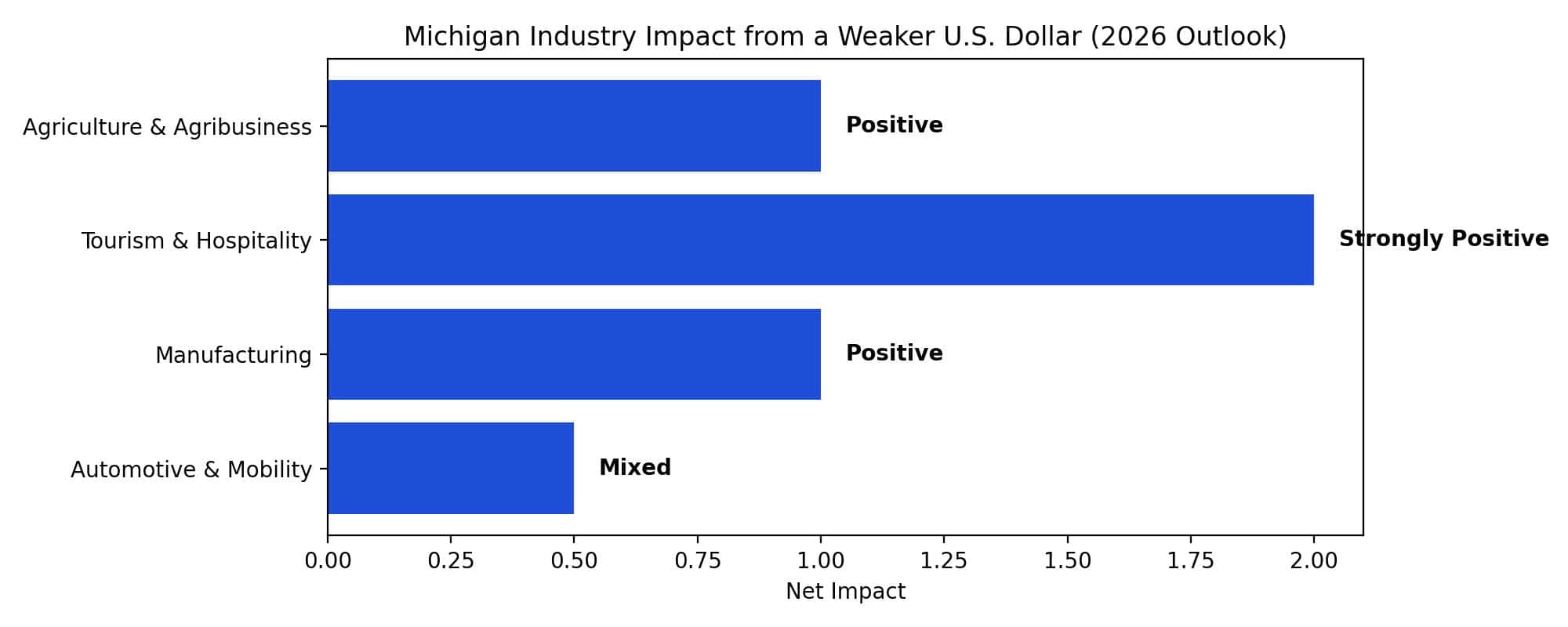LANSING – Limbo is a game where the most limber, or flexible player wins. Sound familiar? Survey after survey is revealing that employees today are seeking more flexibility in their jobs and are willing to change employers to get that flexibility.
But how flexible can employers be without sacrificing productivity? It’s fair to say that employers still need to know at what times they have staff and dictate times where staffing must be at its max.
A recent survey by Grant Thorton LLP found that 80% of respondents said they want flexibility in when and where they work. Additionally, 25% said they would ideally never work on-site—a 10% jump from Grant Thornton’s 2021 survey.
“Flexibility in where you work, and sometimes when you work, is no longer viewed as an extra benefit,” said Angela Nalwa, a managing director and HR Transformation practice leader at Grant Thornton. “In fact, flexibility is now a minimum requirement as job seekers look for their next career opportunity. The companies who insist on a mandatory return-to-office for all employees must find a differentiator that separates their organization from the pack.”
Another study by Randstad found that more than half of employees (54%) say they prefer a flexible work arrangement that allows them to work both on-site and remotely beyond the pandemic. Workers prefer flexibility even though roughly a quarter start work earlier and work later into the evening while working from home.
A paper written by Professor Chia-Huei Wu, Dr Linhao Fang, and Hannah Collis of the Workplace Behavior Research Centre looks at the challenges of flexible work for both employers and employees.
To read more of this article by By Heather Nezich, Click on SBAM






